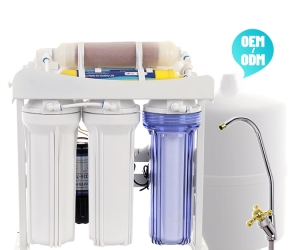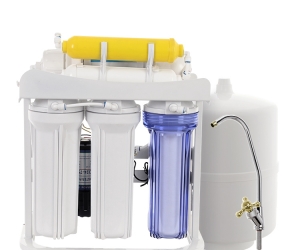Nowadays, customers are facing various water filter systems with multi functions, styles and types. When choosing a household water filter system, it should based on categories, pros and cons, installation and utilization, filtration performance and local water quality lastly.
Categories of Household Water Filter System
To filter and clean tap water properly and deeply, manufacturer factory has made altogether 7 common household water filter systems. Choices and options will come out of the following types of water filters:
PP sediment filter
carbon water filter
reverse osmosis purifier
water filter dispenser
ultra filtration system
ceramic filter cartridge
water softeners
Above 7 categories contain both filter cartridges and filtration systems, the following several paragraphs state 4 essential parameters of most household water filter systems buyers need to focus before shopping.

Filter cartridges
Among various cartridges used in a household water filter system, popular types are PP spun filter, activated carbon filter and KDF 55 filter cartridges.
Filtration capacity
Users usually see numbers of 100G, 400G, 600G when considering about purchasing a new home water filter systems. These numbers show filtration ability of those household water filter systems. Meaning of the numbers inform how much water the system can filter per day; 100G is 100 gallons per day, 400G is 400 gallons per day and 600G is 600 gallons per day. Higher number brings better filtration performance and cost more than lower numbers. By now, the popular choice is 600G for a household water filter system based on average family water consumption.
Size of the Systems
Due to different installation positions homeowners required, a household water filter system should has a compact volume to make it suitable for most family-places to install. This point is an essential point for under sink and countertop water filter systems used for kitchen sinks and counters.
Pure-to-Drain Ratio
A good pure-to-drain ratio helps the water filter system generates more filtered water while draining less waste water. As for most household water filter systems, the numbers usually are 1.5:1, 2:1, 3:1. Generally speaking, the first number in the ratio helps make the final purchase decision. The higher the number, the less the waste water.





